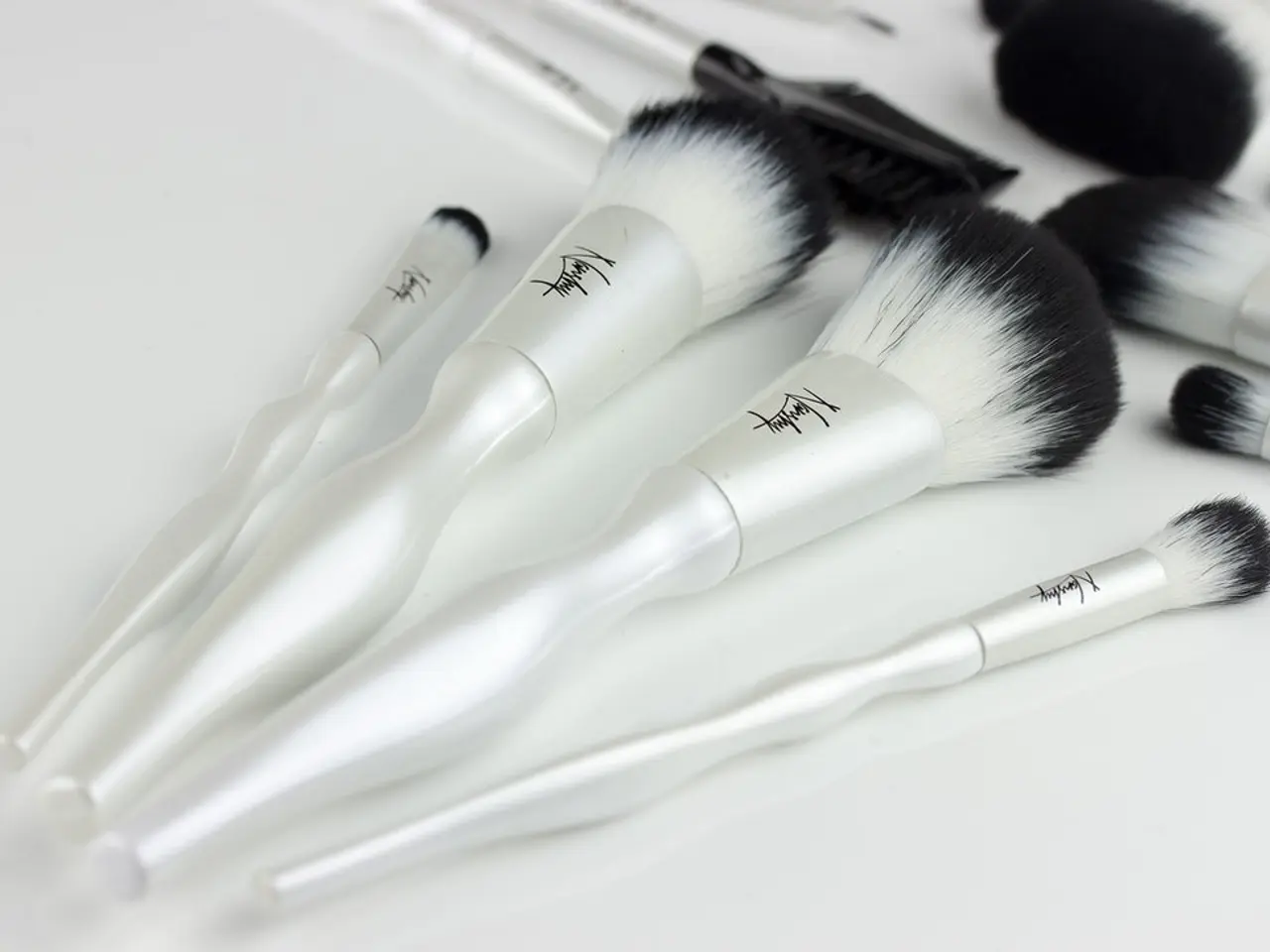Mastering Realistic Hair Drawing: Essential Techniques for Newcomers
=====================================================================
In the world of art, drawing realistic hair can be a challenging yet rewarding endeavour. By focusing on key aspects such as volume, flow, value, and texture, artists can create life-like and captivating hair drawings.
Volume and Flow
The foundation of a realistic hair drawing lies in observing hair in sections or shapes that follow the natural flow and direction of hair strands. This approach helps establish a sense of movement and fullness. Dividing hair into manageable shapes, whether straight, wavy, or curly, maintains the natural flow [1][4]. Following the hair direction consistently with strokes enhances the natural feel [1].
Value (Light and Shadow)
Building midtones first and then adding darker values to create depth, and lighter values for highlights is crucial in drawing realistic hair. Using a kneaded eraser to lift off graphite adds natural highlights and texture, breaking up uniform shading and suggesting individual strands or sheen [1][3]. Rough shading and blending techniques, sometimes blending with tissue or soft brushes, help create smooth transitions for volume and dimension [2][3].
Texture
Hair texture is created by varying stroke length, thickness, and pressure to imitate strands and clusters. Shorter strokes are often used for shorter hair or facial hair [1]. Erasers can act as drawing tools to carve out texture from shaded areas, producing detailed and realistic hair surfaces [1][3].
Use of Reference
Artists rely on references to understand how hair behaves under different light and motion conditions and to capture realistic details of volume, flow, and texture. Using references encourages the development of both naturalism and unique style incorporation [4][5].
Tools and Materials
Common materials include graphite pencils of various hardness, erasers (especially kneaded erasers), blending tools like tissues or brushes, and often toned paper for better control of midtones and highlights [1][3].
Mapping Volume and Direction
The focus shifts to drawing the hair's volume, with the artist imagining the hair as a 3D form hugging the head and marking volume by simple shapes around the skull.
Choosing the Right Pencils and Papers
Artists use a range of graphite pencils from hard (H) to soft (B), with smooth papers working well for fine details and soft shading.
Artists draw individual strands or small groups to add texture, following the natural flow and direction of hair growth.
Deepening shadows gives hair form and volume by contrasting with highlights, and separating layers and defining curls or waves.
Blending Tools Explained
Tools like blending stumps, tortillons, and soft brushes help smooth shading and transitions between strands.
Artists divide hair into sections to manage complexity, such as bangs, top layers, and side locks.
Common Challenges in Hair Drawing
Artists often struggle with accurately depicting the many fine strands of hair and showing light and shadow correctly.
Types of Hair Structure
The outer layer of hair, the cuticle, protects and gives shine, while the cortex provides strength and texture.
Layering
Layering helps show volume and the way light hits different parts by building gradually from light to dark tones.
Natural Flow and Growth Patterns
Hair grows in specific directions and forms patterns such as parts, cowlicks, and waves.
Refining edges and flyaways
Refining edges and flyaways helps keep the start of the hair looking natural by using light, soft strokes for the hairline.
Sections
Sections guide where highlights or shadows will be strongest. Each section has its own direction and flow, which improves control and organization.
By mastering these techniques and understanding the structure and behaviour of hair, artists can create stunningly realistic hair drawings that captivate and inspire.
- In drawing realistic hair, artists can find inspiration from tutorials that explain illustration techniques focused on art, design, and fashion-and-beauty, as well as home-and-garden themes.
- Using blending tools like stumps, tortillons, and soft brushes is essential for smoothing shading and transitions between strands in a realistic hair drawing.
- Creative lifestyle enthusiasts can incorporate hair drawing as a unique hobby, crafting personal illustrations that celebrate the natural flow and growth patterns of hair.
- When choosing materials for hair drawing, artists should consider using graphite pencils of various hardness levels, along with smooth papers for fine details and soft shading, and common erasers, such as kneaded erasers.



